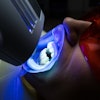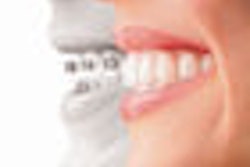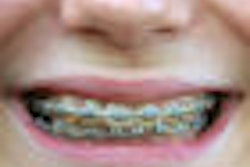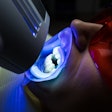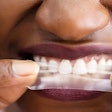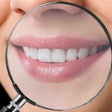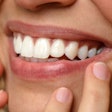Providing printed information to orthodontic patients about their treatment has limited impact on their treatment expectations, according to a study in the Journal of Orthodontics (December 2011, Vol. 38:4, pp. 257-268).
For the randomized, controlled study, which was conducted in the orthodontic department at Queen Mary's Hospital Sidcup in London, 80 adolescents ages 12 to 14 years who were attending their first orthodontic consultation appointment completed a previously validated questionnaire about their expectations of orthodontic treatment before the consultation.
They were then randomly assigned to two groups. The control group (n = 40) received additional written information about fluoride in the form of an informational pamphlet, while the intervention group (n = 40) received additional written information about orthodontic treatment. Both groups then had their orthodontic consultation and completed the expectation questionnaire for a second time.
All 80 participants completed the questionnaire on the two occasions. The researchers found no significant differences between the control and the intervention groups in their expectations of orthodontic treatment.
Given that the additional information did not have an immediate impact on patients' expectations of orthodontic treatment, "the cost implication of providing information leaflets to patients must be weighed against the limited benefit they provide," the study authors concluded.

